Metallic Ore Deposits and Formation Environments
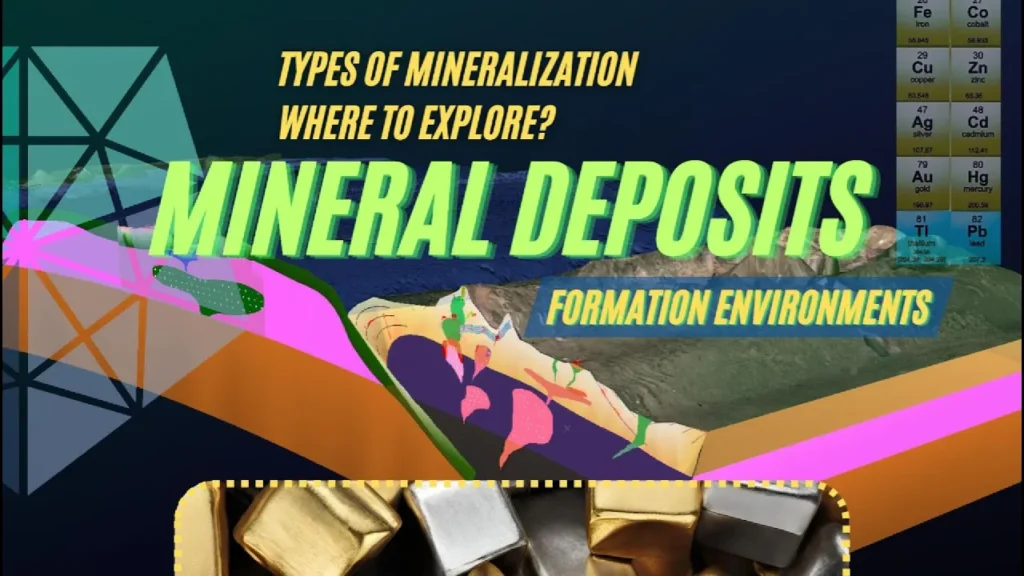
To understand the formation of well-known metallic ore deposit types, let’s examine their formation environments through models and grasp their foundations.
Epithermal Gold Deposits: Alteration Model
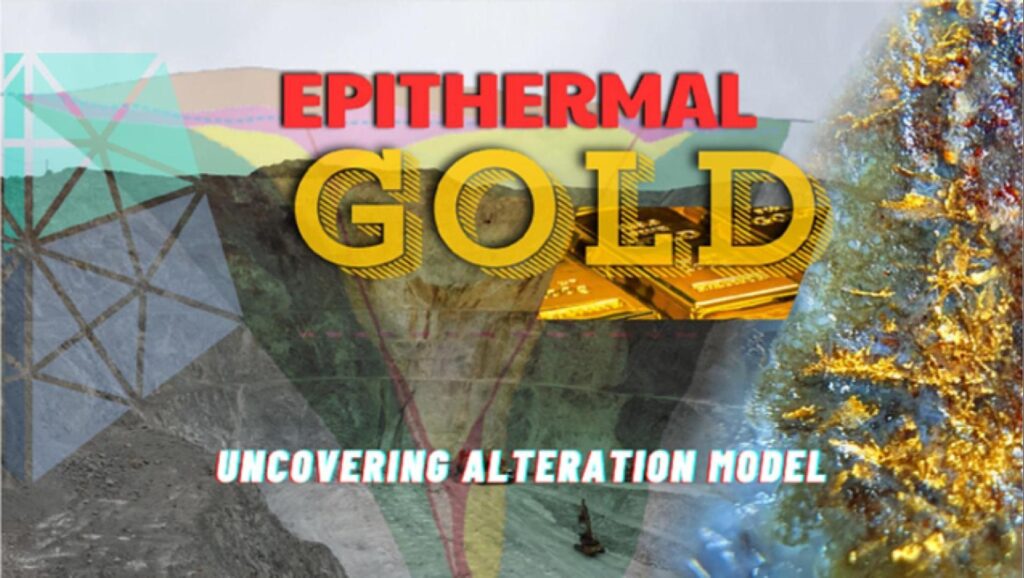
Discover alteration zones of epithermal gold deposits through unique photos and models and interpret the concept of hydrothermal mineralization characteristics.
Carbonate Hosted SedEx – MVT – Karst Mineralizations
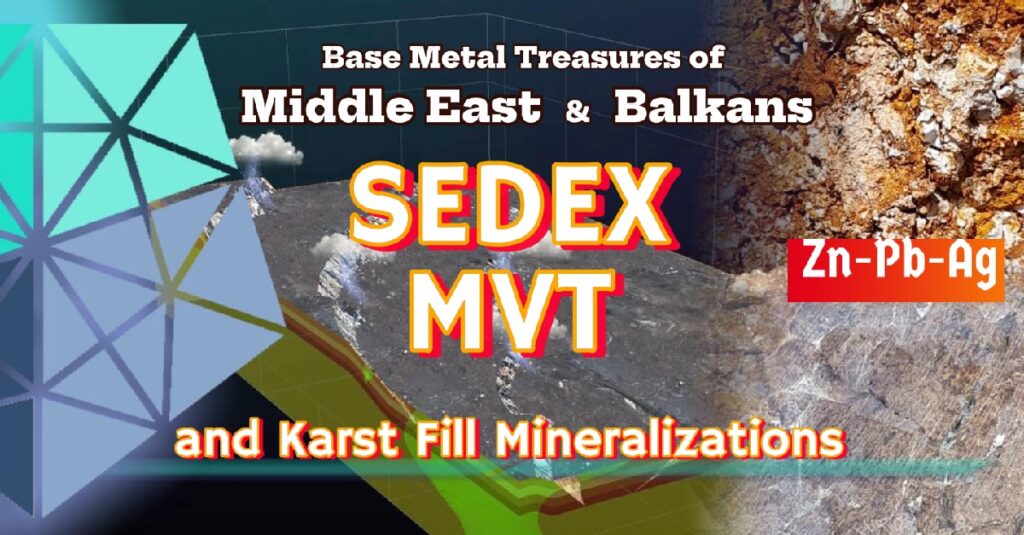
Discover Carbonate Hosted SedEx, Mississippi valley type (MVT) & karst mineralizations with Middle Eastern Zn-Pb (Ag,Cu,Fe) sample models with unique animations
Mineral Exploration Geochemistry: Soil Sampling Methodology

We unfurl “systematic soil sampling”, rightly or wrongly the most widely used geochemical method, in the preliminary stages of mineral exploration over models
Risks & Dangers Faults Cause in Open Pits & Surface Piles
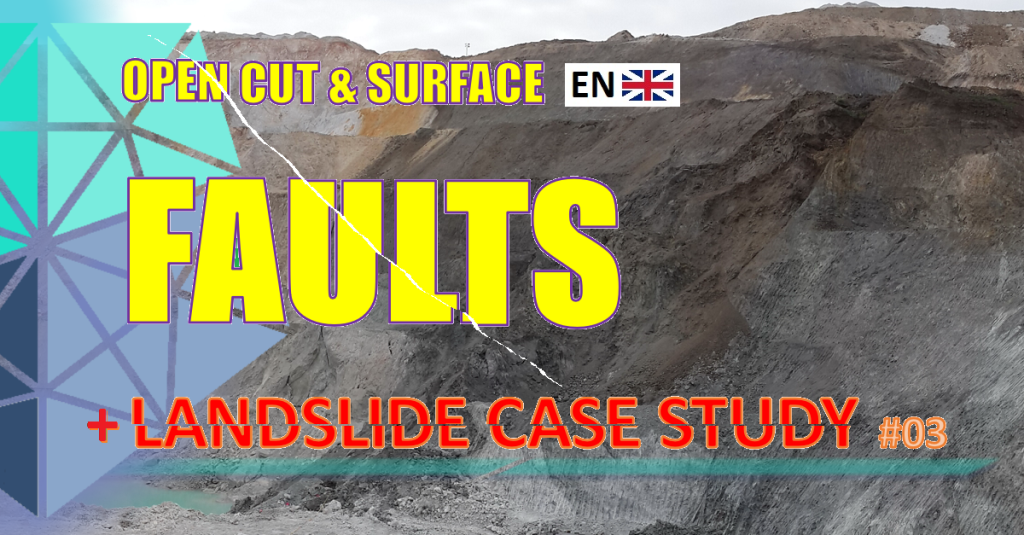
Unforeseen dangers, secretly growing risks and consequences caused by faults on open pit mines and surfaces & stockpiles on fields with case studies analysis.
Faults in Underground Mining: Issues & Solutions
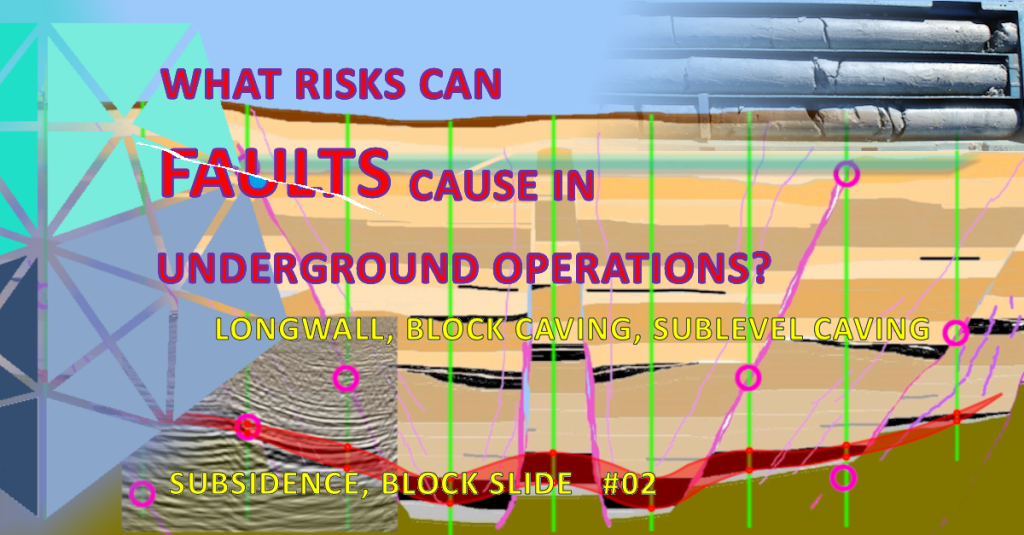
Surfaces formed as a result of the pressures exerted on each other by rock masses movements on the Earth in a certain direction as “cracks” (joints), and if there is a significant movement of the masses around them, we define these cracks as “faults”.
The movement of blocks that travel a distance laterally and/or vertically relative to each other in 3 dimensions is the term we call as “slip”, “displacement”. As a result, the use of the term “fault” instead of “crack”(joint) is determined by the presence of a “significant” slip, as it is possible to observe a slip of a few centimeters or “hundreds of meters”. Simply put, the amount of slip that will cause you discomfort or anxiety in your mineralization will constitute a “fault” for you.
The term “fault” was first used in the late 18th century by Scottish geologist (physician, natural historian, chemist, agriculturalist) James Hutton (1726–1797), known as the father of “modern geology” in some circles. The word “fault” originated from the Old French word “faute” which meant “opening, gap; failure, flaw, blemish; lack, deficiency” was first used in the late 13th century, thought to be derived from Vulgar Latin word “fallita”.
How to Identify Faults in the Field? & Purpose of Detecting

Discover traces on the surface to unveil fault in the field, delve into the purpose of detecting faults and what difference it makes through an example model
Resource Model & Production Grade Discrepancy Investigation

Explore the impact of density (SG) disparities on resource model grade estimation in mining operations, mitigate discrepancy between production & process grade.
Line and Channel Sampling in Mineral Exploration Field Study
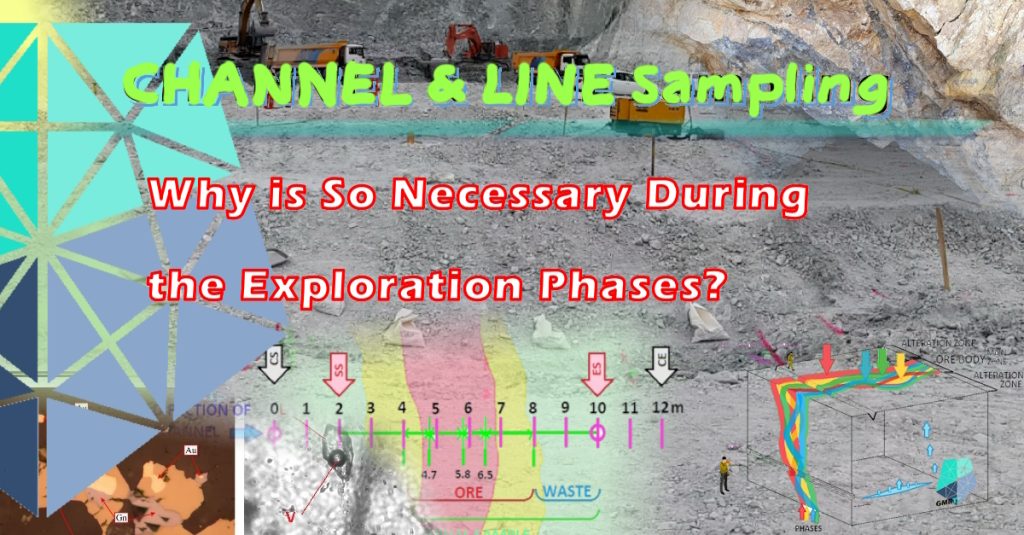
Comprehend the vital significance of sampling all mineralization phases on outcrops and gathering rock samples sensibly for mineral exploration studies.
Underground Grade Control Program for Mining Operations
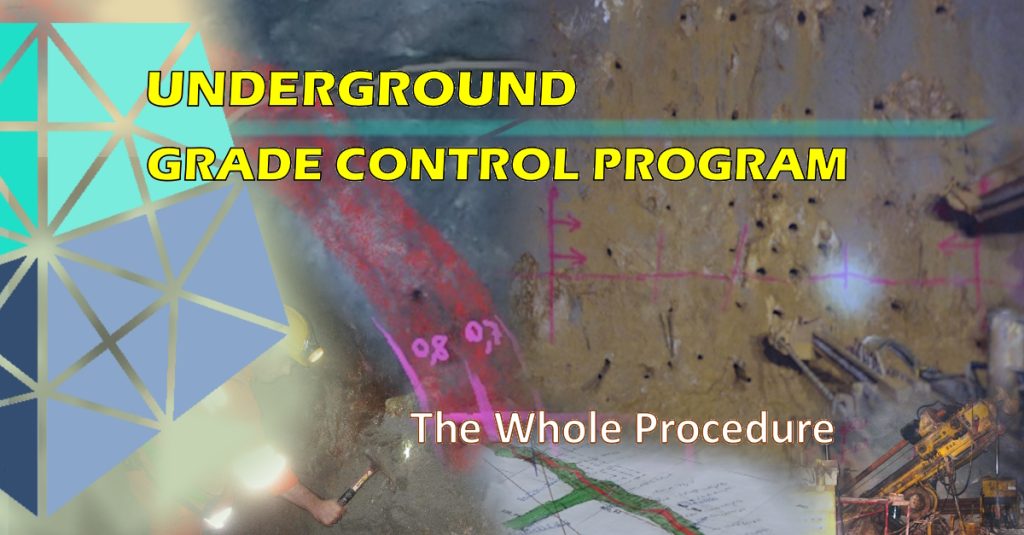
The whole procedure for underground grade control. A comprehensive guide to underground grade control program from unearthing to mill for geologist and miners.